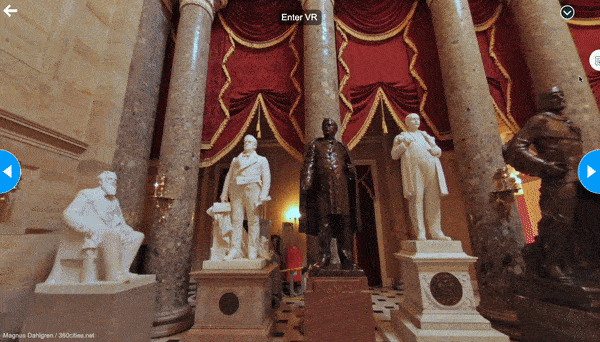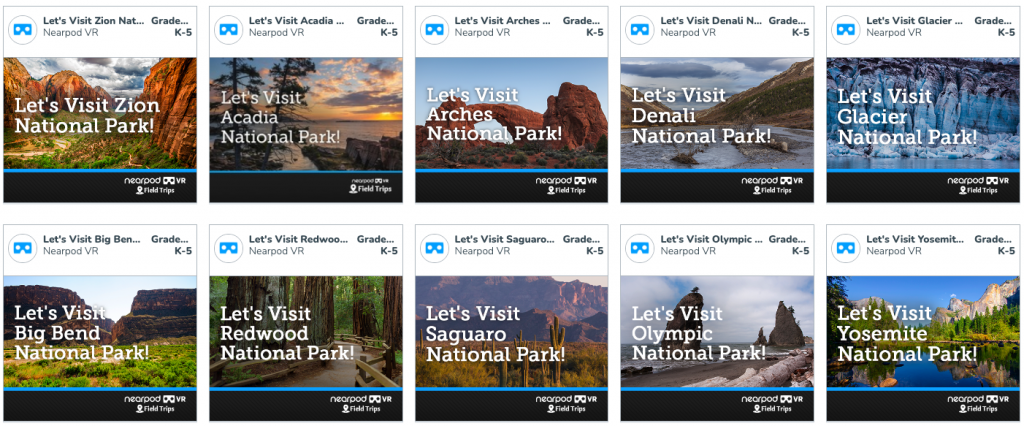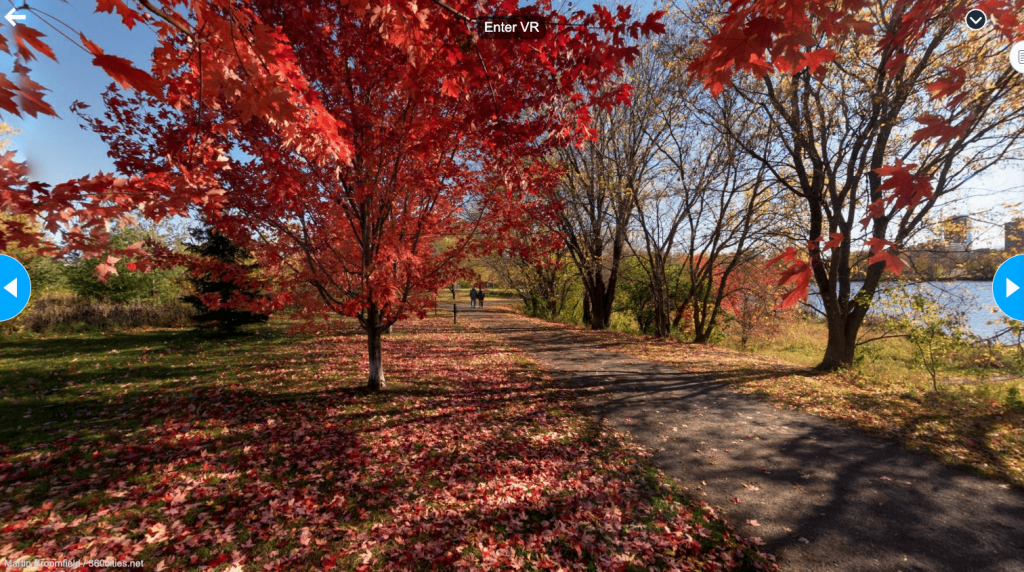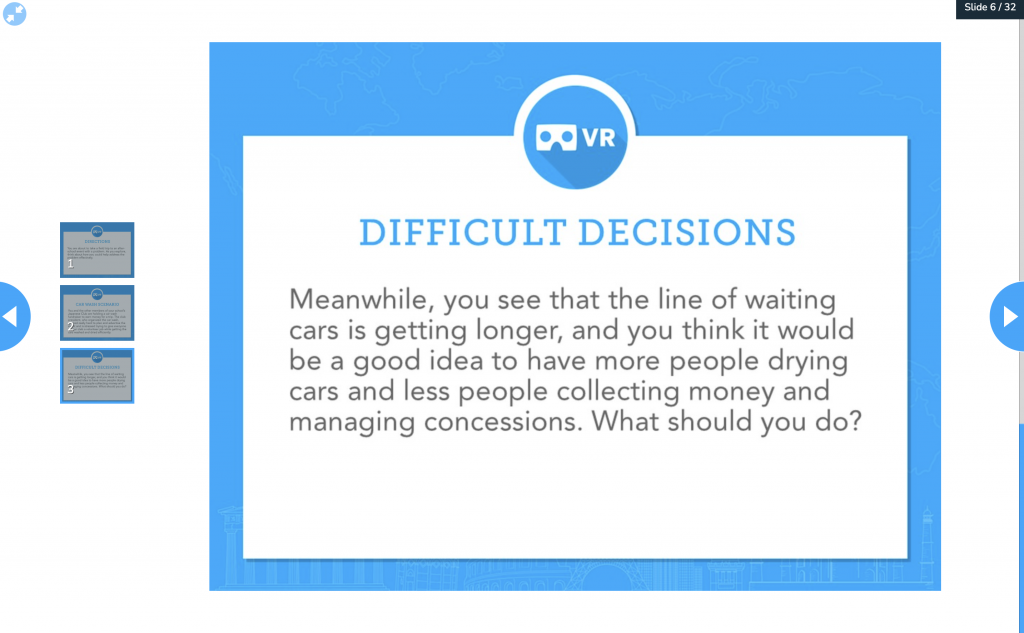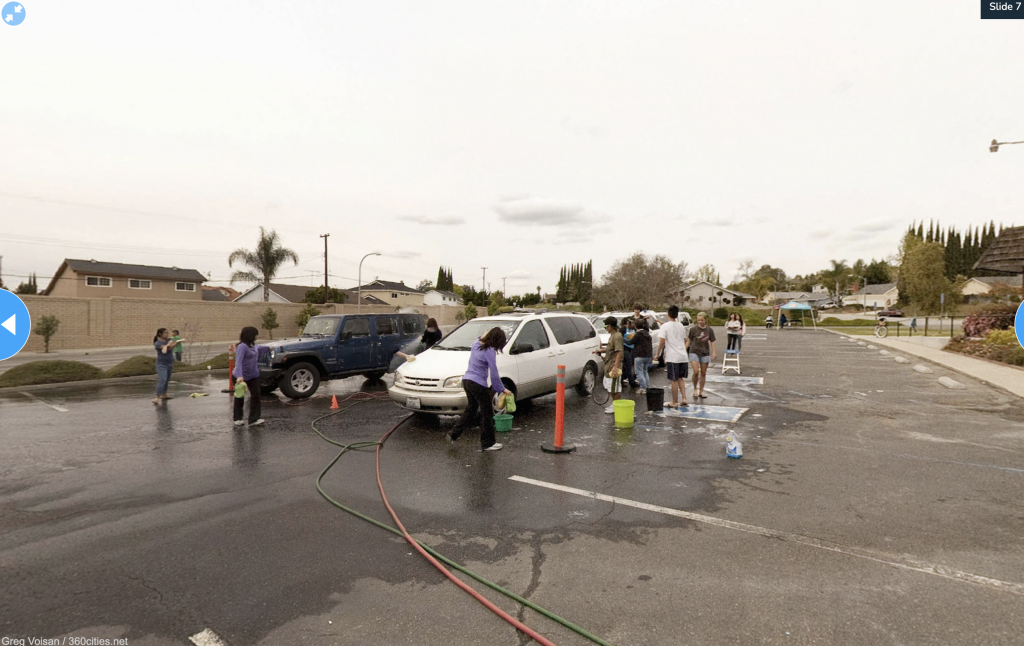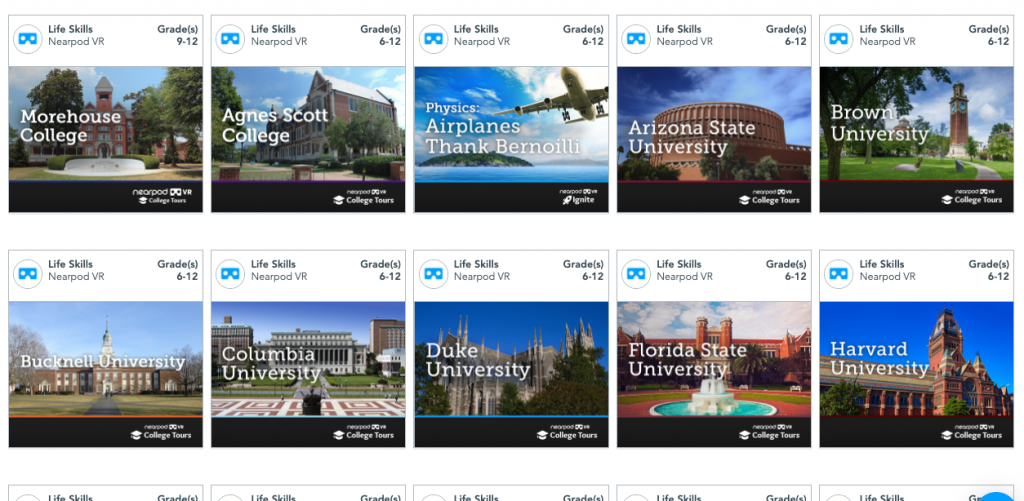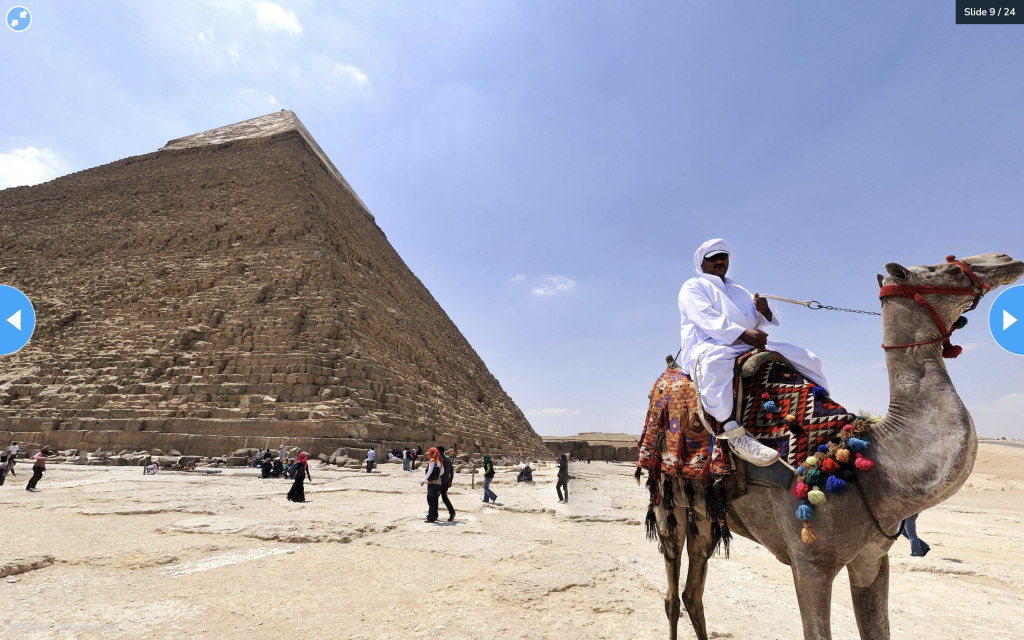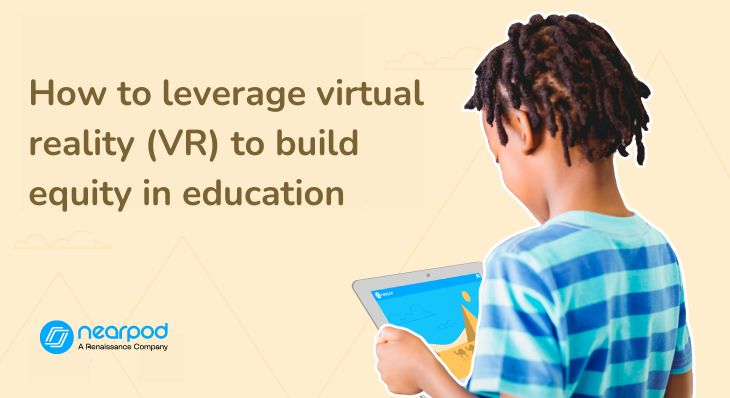
How to leverage virtual reality (VR) to build equity in education
What are the benefits of VR in education to promote equity?
For teachers looking to use virtual reality (VR) to promote equity in education, there are several key benefits. Firstly, VR breaks down barriers by providing equal access to immersive learning experiences, regardless of students’ backgrounds or locations. Additionally, it fosters hands-on experience and experiential learning, helping students better understand complex topics. VR caters to diverse learning styles, making it easier to personalize instruction. Additionally, it encourages collaboration and teamwork among students, improving communication skills. Overall, VR in education offers the potential to enhance learning and create a more equitable classroom for all students.
New to Nearpod? Teachers can sign up for free below to access the resources in this post and create their own interactive lessons. School leaders can schedule a call with an expert to unlock the full power of Nearpod for schools and districts.
Nearpod’s Virtual Reality (VR) Field Trips
Virtual Reality is one of my favorite Nearpod features. It’s exciting and engaging and brings a real-world aspect to lessons that wouldn’t be possible otherwise. Students all come from different backgrounds and enter school with different life experiences, but VR lessons can fill in those gaps and provide students with meaningful experiences that achieve equity in schools. VR headsets are not needed since students can access these immersive learning experiences on their own devices.
How to leverage virtual reality (VR) to build equity in education
Here are 3 ways you can use Nearpod VR in education to build equity and engage your students.
1. Build background knowledge to bridge learning gaps
I teach kindergarten in sunny, warm Florida, so my students have lots of experience with warm weather and sunny beaches. However, every Fall when we learn about the changing seasons, my students usually have no idea what this looks like. This is the perfect opportunity to introduce Nearpod VR lessons so that all my students can have this experience. For example, when we read books about picking apples, I’ll first do a Nearpod VR lesson using a 360 photo from an apple orchard so they can see and imagine what picking apples would be like. Or, when we study leaves changing in science, I’ll take them on a virtual field trip to a New England forest where they can see the different colored leaves falling from the trees.
The VR States and Territories lessons are also fantastic ways to build background knowledge, especially when these places are settings of books you’re reading. For example, if you’re reading a book set in Alaska, but you teach in Oklahoma, the “Getting to Know Alaska” lesson would be the perfect way to give students a basic understanding of what it’s like there through using VR in education. These lessons also focus on the history of these locations and the features that make them unique, so all students can gain a deeper understanding without ever having to leave the classroom.
2. Connect students to the real world
In the classroom, students are most engaged when lessons connect to their own lives or the real world. Teaching social and emotional learning skills is a huge passion of mine, and this is the perfect place to incorporate real-world situations. If you’re teaching your students about self-assertion, why not immerse them in a real-life environment with virtual reality in education to help them practice this skill? Use the Self-Assertion lesson to help students assess when to assert themselves and practice techniques for advocating for themselves. In these Nearpod Exploration lessons, students analyze their VR experience and look at the world through a critical lens by completing the corresponding graphic organizers, collaborative discussions, and polls. This way, when students do encounter a situation where they need to use that skill, they will have a tangible experience to draw upon.
For those teaching secondary grades, Nearpod’s College Tours lessons are also fantastic and include universities from not just the United States, but the world! Instead of just telling students about preparing for the next step, show them! These campus tours show students different areas of the university and foster discussions about what features they like and if they’d like to attend school there. This builds equity in education as it allows any student to explore campuses without the limitation of travel. For a student like me who attended college out-of-state, VR education would have been incredibly helpful when I was applying and visiting with my parents.
3. Build engagement
Engagement is key in the classroom. You could have the most worthwhile content, but if your students aren’t engaged, they’ll never know it. Sometimes our “usual” just gets a little stale for students. But in the several times, I’ve done VR lessons with my class, I have never once heard a “Do we have to?” or a “This is boring”. They are all smiles and 100% excited to be learning.
While some of my VR lessons are self-made, the Nearpod VR lessons are ready-to-use and beautifully connect your content standards to virtual reality. For example, in the lesson Empires: Ancient Egypt lesson, students can use what they know about patterns to analyze the Egyptian pyramids and see where a pattern may have been used. This is especially helpful for students who are visual learners, further promoting equity in education.
The best part of these Nearpod VR Explorations lessons is that they are all high-quality, research-based, and created with best practices in mind to ensure that they are just as educational as they are engaging.
Start using Nearpod’s VR Field Trips to build equity in education
Virtual reality and augmented reality technologies have the power to revolutionize education systems by creating immersive virtual environments that promote equity and equality among students. VR technology transports students to entirely virtual worlds, both of which can bridge gaps in access to resources and opportunities. By integrating VR and AR into educational practices, educators can provide all students with equitable learning experiences, regardless of their backgrounds or circumstances. These technologies have the potential to transform traditional education systems into inclusive environments where every student can thrive and succeed.
I hope you and your students enjoy exploring the world with VR in education! There are plenty of lessons ready to go in the Nearpod library and plenty more 360 Cities photos for you to use to create your own. Happy Exploring!
New to Nearpod? Teachers can sign up for free below to access the resources in this post and create their own interactive lessons. Administrators can schedule a call with an expert to unlock the full power of Nearpod for schools and districts.

Kali is a tech-savvy elementary teacher whose passion for all things STEM fuels her innovation in the classroom and inspires other teachers to begin their own #edtech adventures.
